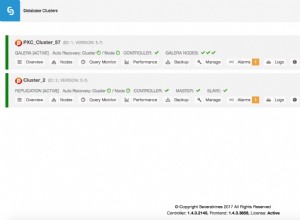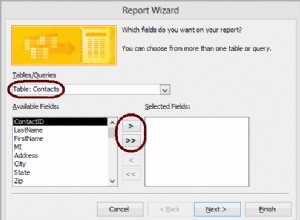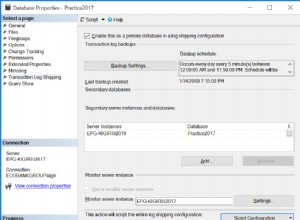Para averiguar cuándo tanto el usuario 1 como el usuario 2 están libres, intente lo siguiente:
select
a.datetime_start as user1start,a.datetime_end as user1end,
b.datetime_start as user2start,b.datetime_end as user2end ,
case when a.datetime_start > b.datetime_start then a.datetime_start
else b.datetime_start end as avail_start,
case when a.datetime_end>b.datetime_end then b.datetime_end
else a.datetime_end end as avail_end
from users a inner join users b on
a.datetime_start<=b.datetime_end and a.datetime_end>=b.datetime_start
and a.userid={user1} and b.userid={user2}
EDITADO:Para comparar más de 2 usuarios, intente lo siguiente:
select max(datetime_start) as avail_start,min(datetime_end) as avail_end
from(
select *,
@rn := CASE WHEN @prev_start <=datetime_end and @prev_end >=datetime_start THEN @rn ELSE @rn+1 END AS rn,
@prev_start := datetime_start,
@prev_end := datetime_end
from(
select * from users2 m
where exists ( select null
from users2 o
where o.datetime_start <= m.datetime_end and o.datetime_end >= m.datetime_start
and o.id <> m.id
)
and m.userid in (2,4,3,5)
order by m.datetime_start) t,
(SELECT @prev_start := -1, @rn := 1, @prev_end=-1) AS vars
) c
group by rn
having count(rn)=4 ;
Necesita cambiar m.userid in (2,4,3,5) y having count(rn)=4 según número de usuarios.




